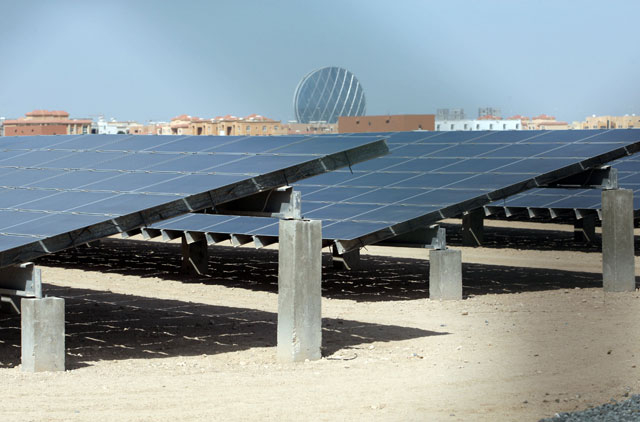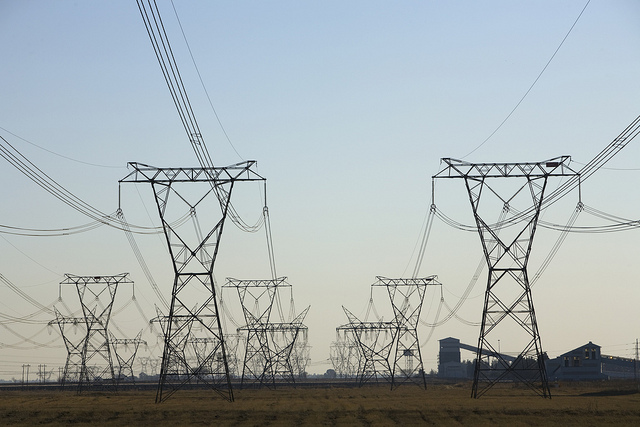 The energy sector in Sierra Leone is the pivot in the country’s development agenda and an important catalyst for achieving sound economic growth as well as widening the investment landscape in the country by attracting investors in the manufacturing and other sectors to propel the economy. Strengthening the energy sector in the country would make the economy more productive, create more jobs, and improve industrialization and also improve the quality of life of Sierra Leoneans.
The energy sector in Sierra Leone is the pivot in the country’s development agenda and an important catalyst for achieving sound economic growth as well as widening the investment landscape in the country by attracting investors in the manufacturing and other sectors to propel the economy. Strengthening the energy sector in the country would make the economy more productive, create more jobs, and improve industrialization and also improve the quality of life of Sierra Leoneans.
The country is, however, blessed with plentiful rainfall and sufficient topographic relief that creates substantial potential for hydro-power generation throughout the country. The country also has abundant sunlight, which is seasonal complementary to hydro power sources, thereby creating strong opportunities in solar power generation.
The country’s energy demands are massively underserved with conservative estimates of currently unmet demand continually increasing. As the country develops and becomes increasingly industrialised, especially with the development of large-scale mining projects and integration of Sierra Leone into the West Africa Power Pool, demand for energy in Sierra Leone continues to increase at a dramatic rate.
The Government as part of its reforms for the sector plans to increase installed capacity and increase access to permanent and reliable electricity supply, invest in and improve the existing Transmission and Distribution (T&D) networks, strengthen institutional capacity to coordinate and implement programmes within Government and reduce the cost of producing and distributing electricity.
Oil & Gas
Sierra Leone has historically gone through 3 phases of oil exploration; the first two stages involved drilling by Mobil in 1982 and by Amoco in 1985, to depths of approximately 3000 meters These exploratory wells, located close to the border with Liberia, are on the continental shelf, considerably shoreward of the deepwater basin complex. Oil shows were encountered in both exploration drillings, but these wells were plugged and abandoned.
Oil and gas exploration activities started again in 2003 in Sierra Leone, when TGS NOPEC was engaged by the Government of Sierra Leone to carry out. TGS-NOPEC Geophysical Company acquired approximately 5,800 sq km of 2-D seismic data in 2000 and 2001 and 3,200 sq.km of 3D data in subsequent years. The data set consists of a total of 170 lines extending from the continental shelf to water depths of 2500 m to 4000 m, recording high quality, 10-second migrated seismic data. The southwest-northeast dip lines have an average spacing of 7 km and lengths of 50 km to 140 km. Five composite, northwest-southeast strike lines are each approximately 850 km long. Approximately 5,800 line-km of the seismic data were acquired in the offshore area of Sierra Leone.
Oil Block Awards and Exploration Activities updates on progress in exploration.Also include new entrants if any
The first round of oil block awards was in 2003/2004, when 6 Petroleum Blocks. A number of companies carried out additional exploratory activities. The consortium comprising Anardarko, Repsol and Tullow Oil acquired 3D seismic data and progressed to drill 2 wells up to 18,000ft in 9,500ft of water between 2005 and 2010. One of the wells, the Venus B-1 provided 45 net feet of hydrocarbon pay, therein proving a working petroleum system. The group also encountered 135 net fet of hydrocarbon pay in the Mercury well, which is currently being appraised. Three more groups, Lukoil, Talisman and African Petroleum have acquired 3D seismic data, which are being interpreted and evaluated. Until 2012, the main actors in the petroleum sector were: (i) Anardaro/Repsol/Tullow Oil; (ii) Talisman/Prontina; (iii) Lukoil/Oranto; (iv) Young Energy Prize; and (v) African Petroleum
In August 2012 a new round of Oil Block Tender was completed, which saw the award of 9 more Petroleum Blocks to a range of companies. This process involved a total of 59 applications, and the results of the process are summarised as follows.
Source: http://sliepa.org






